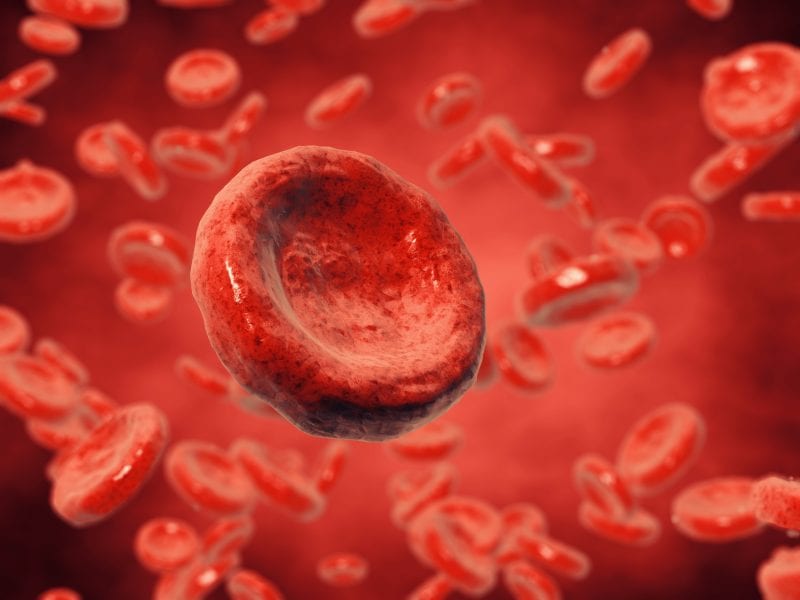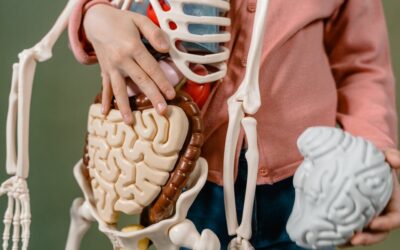What is blood really good at? Clotting. Most of the time this is a good thing. However, for the millions of men and women who rely on coronary artery stents or vascular grafts to treat their cardiovascular disease, blood clotting can be deadly.
When these life-saving devices are deployed, blood will clot on the surface of the device and re-clog the artery. Additionally, a piece of this clot can break off and cause problems down-stream, including stroke.
Often individuals who have received these devices require anticoagulant therapies, treatments that are both expensive and are associated with complications. Developing materials with improved blood compatibility would be a major step forward in medical science.
So why doesn’t blood clot within our veins and arteries? All our blood vessels are lined with a layer of specialized cells called endothelial cells. This monolayer of cells is called endothelium, and one of its jobs is to prevent unwanted blood coagulation.
Therefore, designing devices that support an endothelium is an attractive strategy for improving the blood compatibility of cardiovascular devices.
Daniel Heath and his group at the University of Melbourne are doing just that.
As highlighted in a Talent article published in Macromolecular Chemistry and Physics, Dr Heath and his team are making new materials designed to promote endothelialization.
It turns out that these cells are exquisitely sensitive to their environment: they can sense the stiffness of the material they are adhering to, the topography of the surface, and the biochemistry of the interface. The cells internalize this information and respond by changing their proliferation, migration, gene expression, etc. Tailoring these materials properties provides a method to regulate endothelial cell function.
Advances that Dr Heath and his team have made in this field include creating micron scale topography on the surface that improves the adhesion and proliferation of endothelial cells, and designing interfaces that have the potential to selectively scavenge stem cells out of circulation that will adhere, proliferate, and differentiate into an endothelium. These discoveries and others can help usher in a new generation of cardiovascular devices that exhibit improved healing.
About Talent articles
Talent is an article type published in in Macromolecular Chemistry and Physics and dedicated exclusively to bright scientists in the first years of their independent career. Young scientists who are developing new, original ideas in any field of polymer science are invited to provide an overview of their own work.
Interested in the Talent article collection? Then click HERE.
Image credit: nobeastsofierce/Shutterstock














